#common snapping turtle
Photo

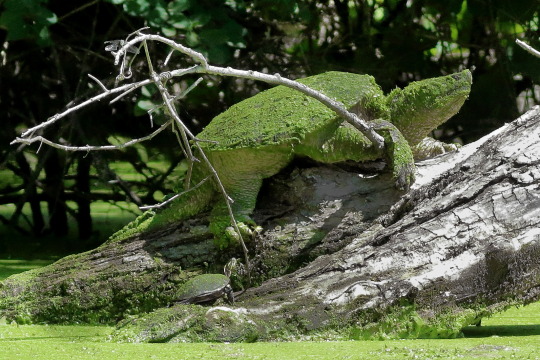
A monstrous turtle emerges from the muck.
It’s gigantic.
Look closely - a typically-sized Midwestern turtle sits next to its foot.
It must be close to its size-limit, with a possible 30-inch diameter shell and weighing well in excess of 100 pounds. It’s possible that this beast is 40+ years old.
#midwest#Summertime#turtles#turtle#common snapping turtle#snapping turtle#reptiles#reptile photography#animalphotography#wildlife photography#wildlife#nature photos#nature photography#wildlife photos#animal pictures#naturfotografie#wild animals#pond#original photography
31K notes
·
View notes
Text
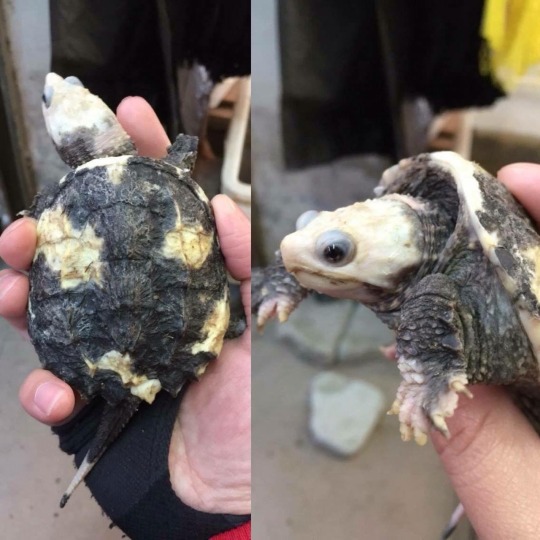
Piebald common snapping turtle (Chelydra serpentina) [x]
#piebald#common snapping turtle#snapping turtle#turtle#Chelydra serpentina#reptile#color mutation#put your fingers in my mouth it’s ok it’s safe#very good for fingers perfect place to put them#please#is what I would say if I was a snapping turtle#that close to fingers#I want to bite body parts off I feel this is vital for you all to know#very important and relevant information
6K notes
·
View notes
Text
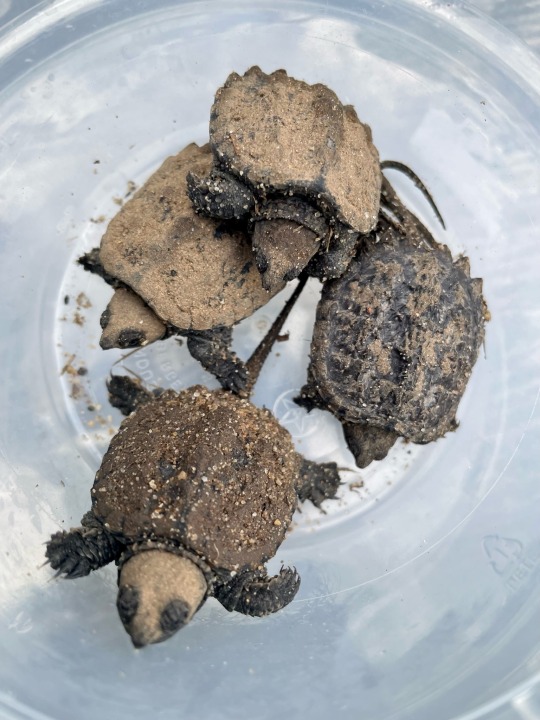
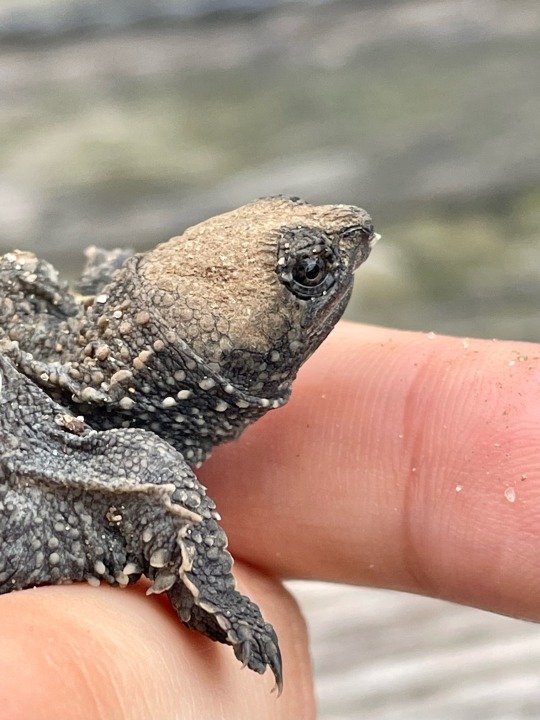
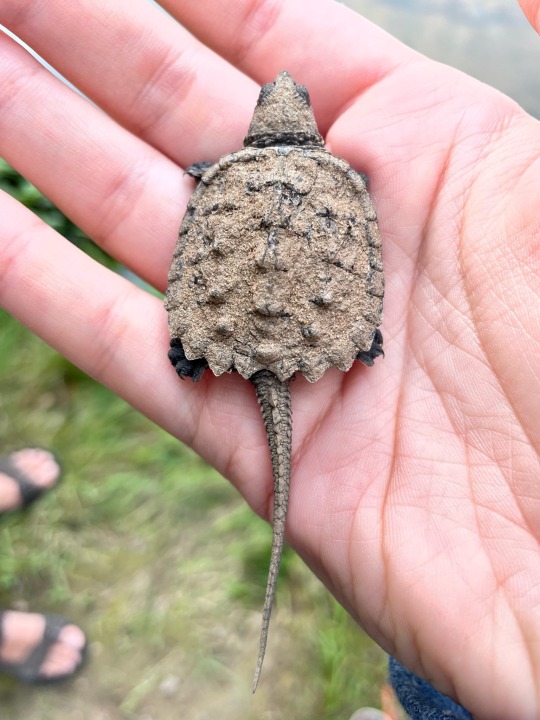
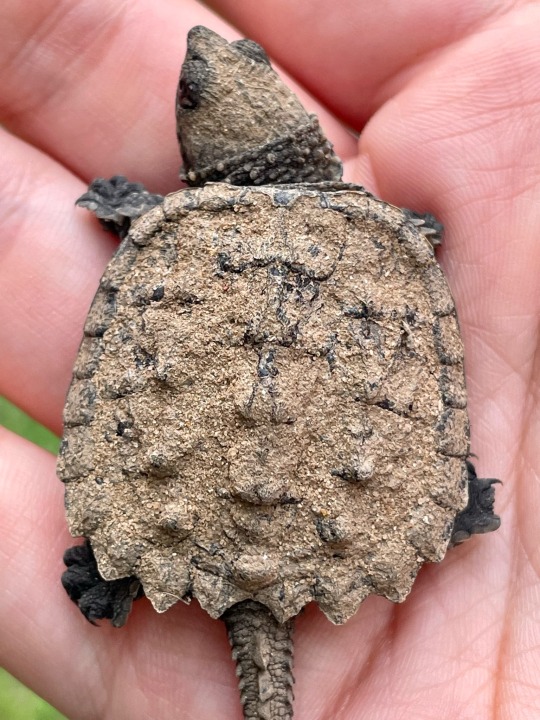
Some baby common snapping turtles (Chelydra serpentina) I helped cross a road a few years ago. They all still had their egg tooths so must of been freshly hatched.
168 notes
·
View notes
Text




Chelydra serpentina
20 notes
·
View notes
Text

Working title: "Girl from rocky, quartzy, iron-rich hills continues to discover Actual Wetland Consequences despite living around Actual Wetland for over a decade."
I didn't get any closer but I'm pretty sure that snapping turtle was the size of a Honda.
#personal#my art#wetlands#the ground lied to me#common snapping turtle#turtle#nature#adventuring#the sand to clay ratio still surprises me sometimes
15 notes
·
View notes
Text

Common Snapping Turtle
Canon 2000d
#Canon 2000d#Wildlife Photography#photographers on tumblr#original photographers#canon#herptile#canon 2000d#reptile#reptiles#herptiles#wildlife#nhaelm#turtle#snapping turtle#reptile photography#common snapping turtle
9 notes
·
View notes
Text

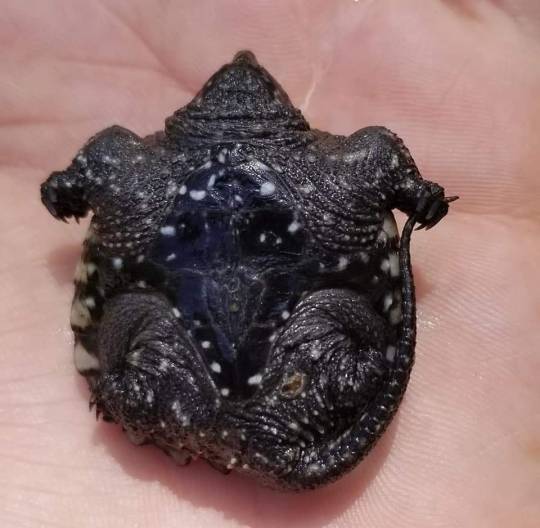


Have you ever seen a baby snapping turtle? Well, now you have!
Common snapping turtle (Chelydra serpentina)
Photographed in south central Pennsylvania.
#Common Snapping Turtle#Turtle#Turtles#Herpetology#Nature Photography#Photography#Turtle Tuesday??#My Photography#Shadowkira Photography#I had to hold my hand in that first picture because I was so excited that I was shaking like crazy#😆
4 notes
·
View notes
Text
England is a notoriously wet place so it’s only fitting that Galar went hard on aquatic Pokémon. Welcome back to my series where I cover the real-life inspirations for all non-fish aquatic Pokémon. Today I’m going over generation VIII. For previous generations, see gen I part 1, gen I part 2, gen II, gen III, gen IV, gen V, gen VI, and gen VII. For my previous series where I covered the origins of all fish Pokémon see here. Starters and legendary/mythical Pokémon will be covered in their own series.
We start with Chewtle and I have to ask; what the hell were they thinking when they approved its design? I get it’s probably supposed to be a bit ugly, but it’s so bad it almost ruins the whole line even though Drednaw is awesome. The line are based on snapping turtles. Snapping turtles are members of the family Chelydra and are native to the Americas (though fossils show they were once more widespread) and are predators who use their extremely powerful jaws to bite prey in half. They are also extremely aggressive and can hurt humans with their power bites, especially since they can all get very large by turtle standards. There are two genera of snapping turtles and Chewtle is based on the smaller common snapping turtles.
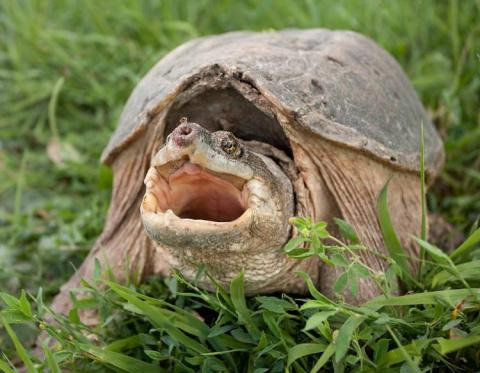
(image: a grumpy old man common snapping turtle)
Drednaw is based on the larger and much scarier alligator snapping turtle. If you’ve never seen one you can’t really understand how huge and powerful they are.
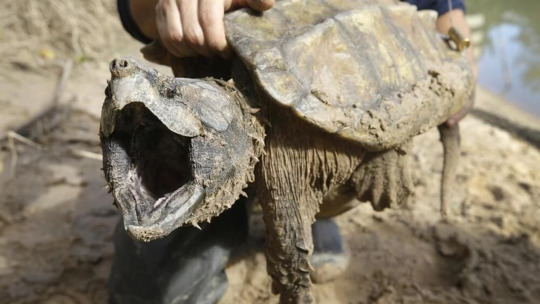
(image: an alligator snapping turtle being held by a person. This isn't even as big as they get)
Like actual snapping turtles, Drednaw has a long and flexible neck that is usually retracted in its shell. Its jaws can bend metal, which is true of some real life (mostly sea) turtles. You may be wondering why an American species of turtle is in England, but that’s because it also drawn inspiration from England’s naval history. Its name and some elements of its gigantamax design come from the dreadnought, a class of warships first invented in England that majorly influenced naval warfare from then on. Its horn looks like a bowsprit and the underside of its shell (called a plastron) has a boat keel on it. Gigantamax Drednaw being a massive, bipedal turtle probably draws from Gamera, a kaiju created as a competitor to the Godzilla movies.

(image: Gamera as depicted in the Heisei-era movies)
I just can’t get over how well designed Drednaw is when Chewtle and gigantamax Drednaw look like absolute dogshit. How the hell did that happen?
More seabirds is a welcome addition to Pokémon and Cramorant is… well they tried. As the name suggests, it’s a cormorant. Cramorant’s pose looks a lot like the pose cormorants take when they dry themselves on rocks. Cormorants feed on fish and swallow their prey whole, much like how Cramorant hunts Arrokuda. Cramorant is likely based on the two species found in the British Isles: the black cormorant and the common shag (why do we let British people name things?). Cormorants are occasionally trained to catch prey and bring it back to their trainers instead of eating it, which likely inspired Croamorant bringing fish with it thanks to its ability. It spitting caught prey at enemies as a form of defense likely comes from defensive vomiting, a strategy employed by entirely too many seabirds where they projectile vomit at potential predators. To their credit, if my sandwich spewed half-digested fish and stomach acid at me, I probably wouldn’t eat it.

(image: a cormorant sunning itself)
I have wanted another take on octopi Pokémon since gen II and Clobbopus and Grapploct are not what I wanted. Cool idea, I just don’t like the design. They’re just octopi combined with martial artists. Clobbopus is a boxer and may have been inspired by videos of octopi smacking fish. Glapploct is, as its category name states, a practitioner of jiu-jitsu, but also with some lucha libre inspirations. There’s really nothing more to them than that. Well there is the sport (read: recreational animal abuse) of octopus wrestling where divers would grab octopi and drag them to the surface, which was popular in the 1960s. I have no idea why they aren’t part water type other than maybe the devs didn’t want another water/fighting type in the same gen as water Urshifu.
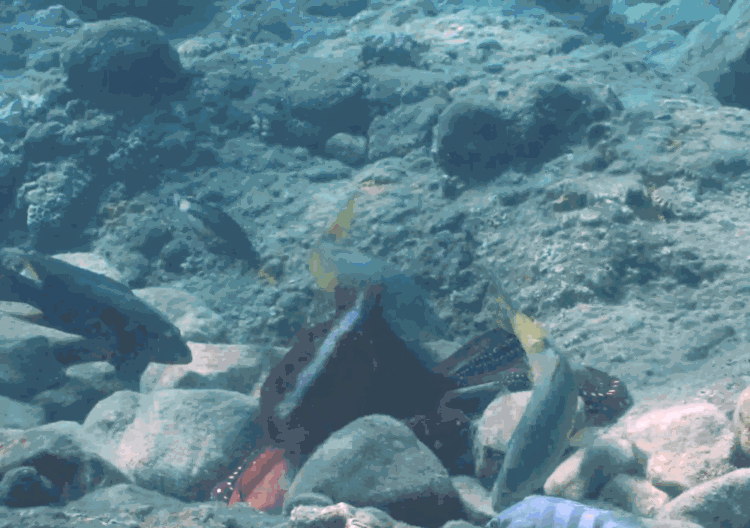
(gif: an octopus punching a fish)
Joining Clobbopus in the “why isn’t this water?” gang, we have Pincurchin. I did my undergrad thesis on sea urchins so I have a soft spot for them. Pincurchin seems to be a generic sea urchin rather than any specific species. Its 5 hard teeth are a reference to the mouthparts of urchins, where each of their 5 radial body segments has a single “tooth”. They are arranged in a circular mouth that scrapes algae off of rocks.

(image: a sea urchin's mouth)
Many species of urchins have venomous spines that can break off inside of another animal and continue to inject venom. Pincurchin’s spines do the same thin, but instead of venom, they release electricity.
Eiscue is just a penguin. With an ice cube on its head. I don’t know what more you want from me.
The Arcto- fossils are a bit hard to pin down since we only have the rear half of the animal. The Galar fossils in general are based on inaccurate fossil reconstructions found often in early paleontology. During the bone wars, where paleontologists were in a race to discover new species, many unscrupulous scientists would stick together fossils from unrelated animals and call them new species. The Arctos seem to be based on some kind of marine reptile like a plesiosaur or ichthyosaur. We now know that a lot of these marine species were blubbery (which is likely why the Arcto half is so thick and even seems to have fur) and had small tail flukes just like the Pokémon. The Galar fossils in general are pretty up to date on their paleontology despite being based on outdated reconstructions.
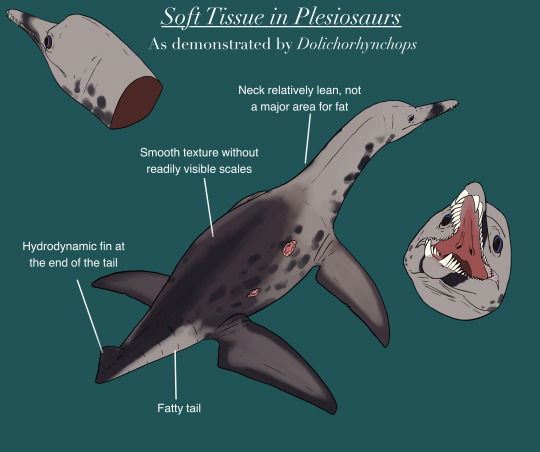
(image: a modern reconstruction of a plesiosaur showing its fatty body and tail fluke. Source)
Next time I'll finish this series with the Paldea region. After that I'll go over the starters and the mythicals/legendaries.
#pokemon#pokemon biology#pokemon lore#galar region#chewtle#drednaw#cramorant#clobbopus#grapploct#pincurchin#eiscue#arctozolt#arctovish#snapping turtle#common snapping turtle#alligator snapping turtle#cormorant#sea urchin#Aristotle's lantern#penguin#plesiosaur#gamera
9 notes
·
View notes
Text
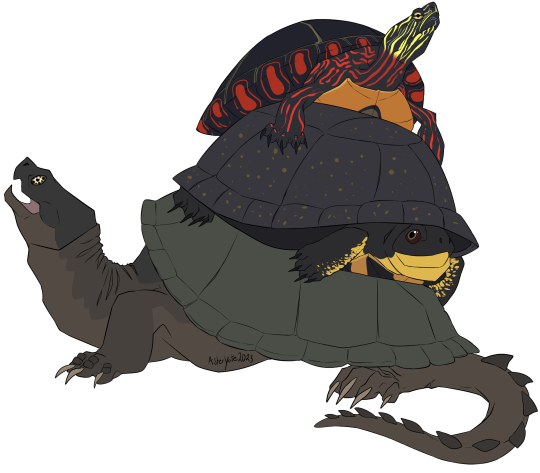
So lately, I've been working a lot with Ontario turtles as part of my summer job, so here's my little tribute to them.
Remember the wip I showed earlier? It's finally done!
So on the top of the stack is a painted turtle, one of the more common freshwater turtles.
Beneath it is a Blanding's turtle, which is endangered in Canada. They are identifiable by their yellow chin and dome-shaped shell that resembles a soldier's helmet.
At the very bottom, there is a common snapping turtle: Canada's largest turtle. Contrary to popular belief, a bite from one of these large turtles won't take your finger, but it'll definitely hurt, and will break skin.
Sadly, all these turtles (as well as all others found in Canada) are at risk. Wild turtles also suffer from poaching/pet trade, habitat loss and road mortality, which is especially true during the nesting season, because they are drawn to roadsides, and need to cross the roads to get to their nesting spots. Most turtles reach sexual maturity at least ~20 years in their life, meaning that it won't be until decades later that a turtle can replace itself in the population.
Fortunately, there have been turtle monitoring programs that have been put in place to help the turtles out (I'm actually on the ground helping out with one of these programs myself!). Conservation scientists are now more focused on tracking the movements and health of turtles in a population by using shell notches and radio tagging. They also try to protect all nests they can identify, and incubate eggs that have been salvaged from gravid turtles that have been killed on the roads. There are willdife rehab centres dedicated to helping injured turtles recover. And although turtles recover slowly from their injuries, their survival rate in wildife rehab centres are extremely high!
If you ever see a turtle on a highway, consider pulling over if it's safe, and help the turtle cross the road, if you can. There are many great online videos that can instruct you how to do this! I'll link you some good ones when I find them.
If I got any information wrong here, feel free to contact me so I don't accidentally spread any misinformation!
#wildlife#turtles#painted turtle#blanding's turtle#common snapping turtle#midland painted turtle#artists on tumblr#sfw#animals#cute#wildlife art#north american turtles#illustrators on tumblr#nature art#my art
8 notes
·
View notes
Text
Have I introduced all of you to the menace who lives in my house

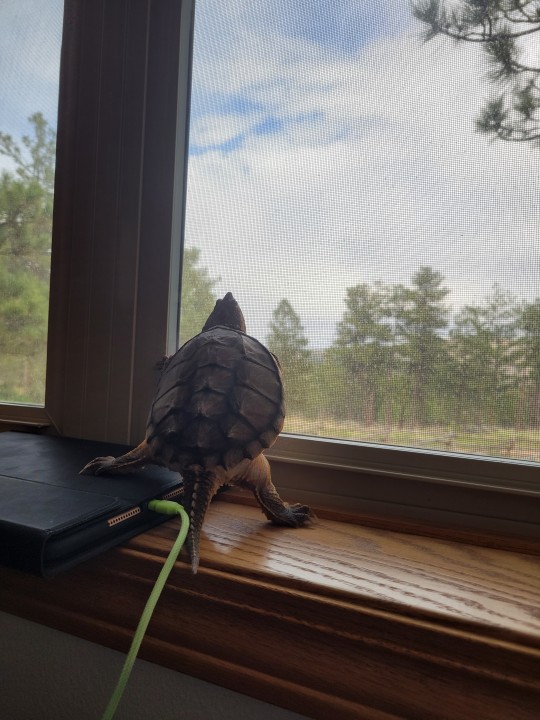


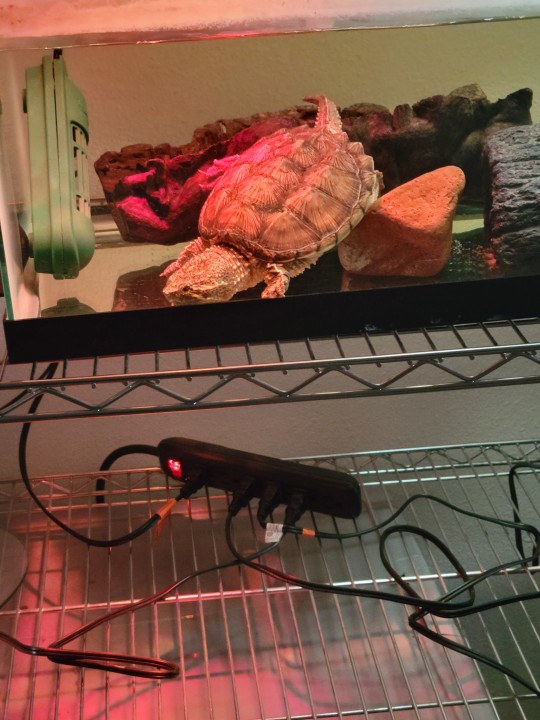



Her name is Percy (short for Persephone) and she's a criminal with no brain
#turtle#pet#snapping turtle#menace#aquarium#common snapping turtle#tiny criminal who lives in my house#no brain#not a single braincell in there
26 notes
·
View notes
Text


#snapping turtle#baby snapping turtle#common snapper#common snapping turtle#florida snapping turtle#baby snapper#nimbasa nova#yes thays his name#first post on alt is of my sweet baby boy#he is 9 months old hehe#little nimby#baby boy#baby turtle#itty bitty creature#smol lad#he is flying!!!
3 notes
·
View notes
Photo
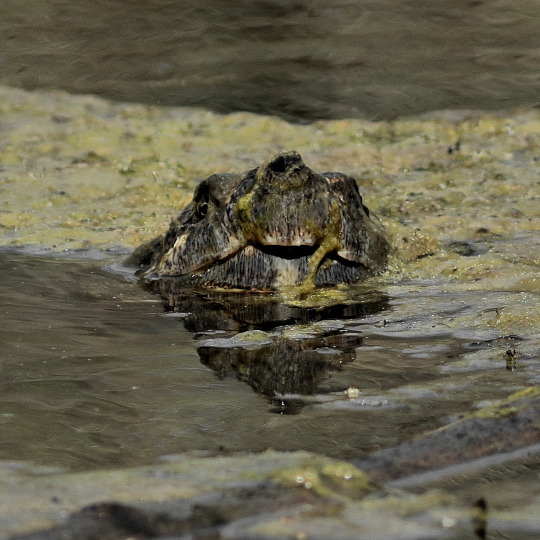
A grand beast arises from the muck, breaking its winter slumber.
It is hard to tell from this photo, but it is an ancient snapping turtle, with a head the size of a man’s fist, and 30-inch shell.
While in warmer climates, this is more common, in the Midwest, with its harsh, killing winters, this is about as large as they get.
#midwest#springtime#turtles#turtle#snapping turtle#common snapping turtle#reptiles#reptilia#reptile photography#wild animals#animal photography#animal pictures#pond#herpetology#original photography#original photography on tumblr
76 notes
·
View notes
Text

#turtle memes#turtle meme#snapping turtle#common snapping turtle#memes#tumblr memes#meme#reptile memes#reptile meme#animal memes#animal meme#animal humor#blehhh#bleh#bleh :p#blehh :3#bleh!#best memes#funny memes#funny meme tho#turtle posting#lol memes#meme humor#dank memes#dank humor#dankest memes#dank#dankest of the dank#shitpost#funny animals
2 notes
·
View notes
Text
rottmnt Turtle oc's :)

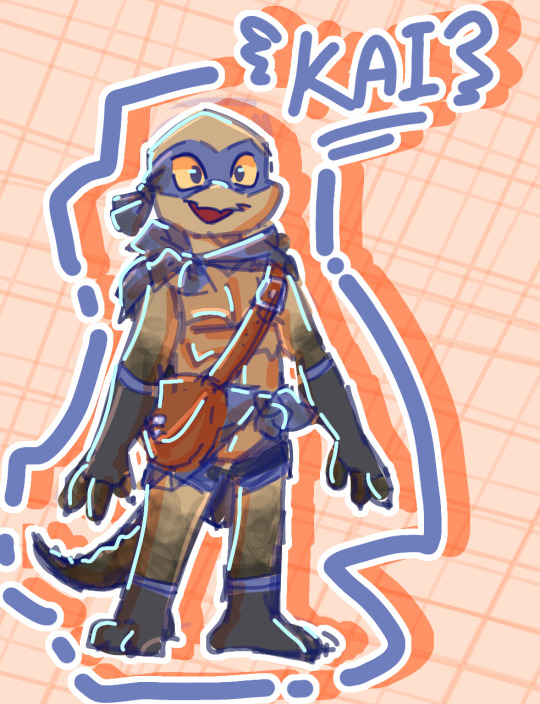

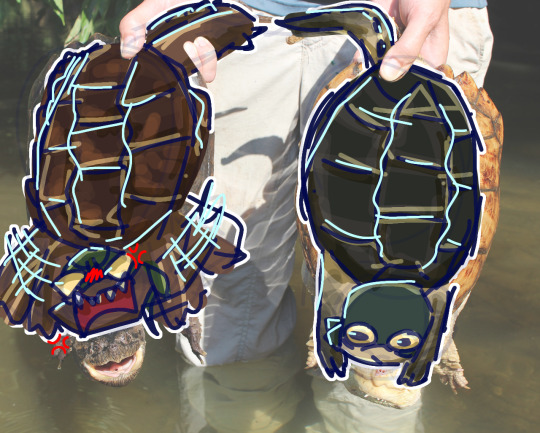
Koa and Kai are common snapping turtle twins draxum found to try again at making mutant turtle warriors with whatever Lou Jitsu DNA scrap he had. They are 4 y/o in start of season 1
Koa (Snapper): high energy and both physically and passively aggressive, she got her attitude from Draxum. She has jokes up her sleeve and WILL sass you. Got her nickname from biting people too often
Kai (Eco): high energy but is mostly calm, she has a giant collection of rocks, Jupiter Jim comics and jars with little Eco systems inside! Basically 2012 Donnie but nature science instead of technology. Got her nickname from being a nature nerd
#rottmnt#rottmnt oc#ocs#rottmnt art#baron draxum#Koa draxum#Kai draxum#common snapping turtle#save rottmnt
9 notes
·
View notes
Text


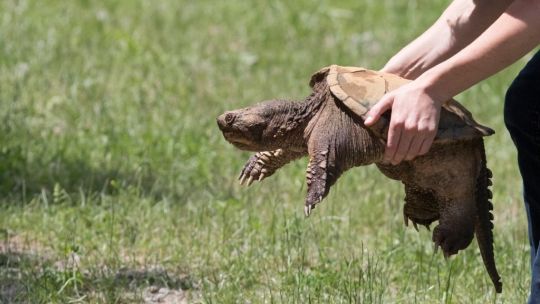
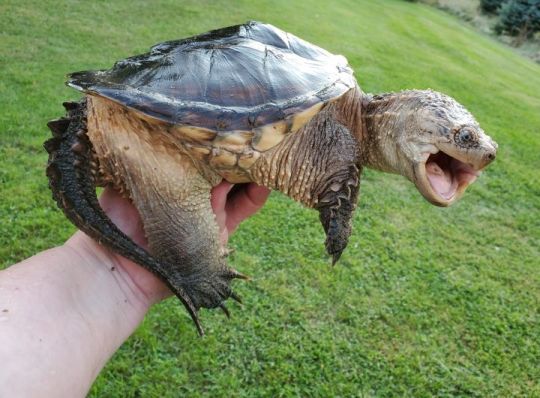


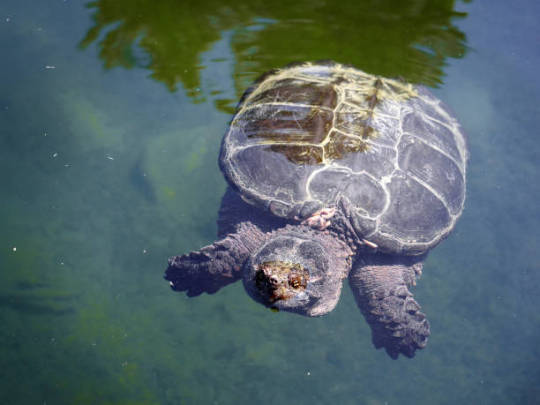

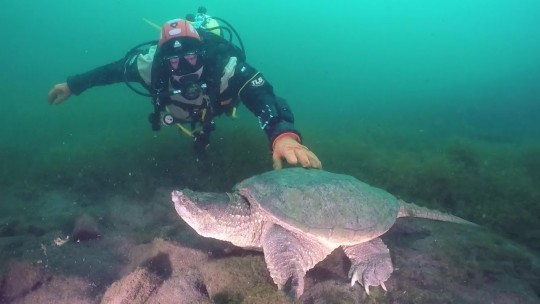



Chelydra serpentine more commonly known as the North American snapping turtle or the common snapping turtle, is a species of large freshwater turtle in the family Chelydridae. Its natural range extends from southeastern Canada, southwest to New Mexico, and as far east as Nova Scotia and Florida. The three species of Chelydra and the larger alligator snapping turtles (genus Macrochelys) are the only extant chelydrids, a family which was once widespread throughout earth but is now restricted to the Americas. Through the pet trade common snapping turtles have also been introduced to Italy and Japan. They tend to avoid particularly deep lakes or rivers preferring the shallower waters of streams, ponds, swamps and estuaries. They are generally solitary omnivorous ambush predators and scavengers which feed upon a variety of aquatic plants, carrion, fish, invertebrates, amphibians, snakes, smaller turtles, small mammals, and unwary birds up to the size of young waterfowl. They are themselves preyed upon by bears, otters, certain large fish, alligators, crocodiles, coyotes, and alligator snapping turtles. In the northern part of their range snapping turtles may spend up to 6 months hibernating, during such time they do not breathe instead they absorb oxygen and exchange gasses with the water around them through the membranes of their mouth, rear, and throat. This is known as extra-pulmonary respiration. Although known for there angry dispositions on land, while in water they can be surprisingly docile and curious creatures. In general common snapping turtles reach around 9 -20 inches (23-50cms) in shell length and 10- 35lbs (4.5- 16kg) in weight tho as the species continues to grow throughout life exceptionally old individuals reaching upwards of 75lbs (34kg) are not unheard of. This species mates from April through November, after mating a female will travel over land to find sandy soil in which to lay their eggs, often some distance from the water. Here she will dig a whole and deposit 25-80 eggs which will hatch after a 9 to 19 week incubation. Under ideal conditions a common snapping turtle will reach sexual maturity at 12- 20 years and may live upwards of 100.
#pleistocene#pleistocene pride#pliestocene pride#pliestocene#ice age#cenozoic#reptile#turtle#common snapping turtle#snapping turtle#north america
6 notes
·
View notes
Text


two of them. in one week. same stretch of road. wyd
#turtle#snapping turtle#common snapping turtle#personal#findings#had to pick up the first guy with a shovel to move him across the street bc he Would Not Move#he was Pissed#these are a few weeks old I just hadn’t gotten around to posting them
14 notes
·
View notes